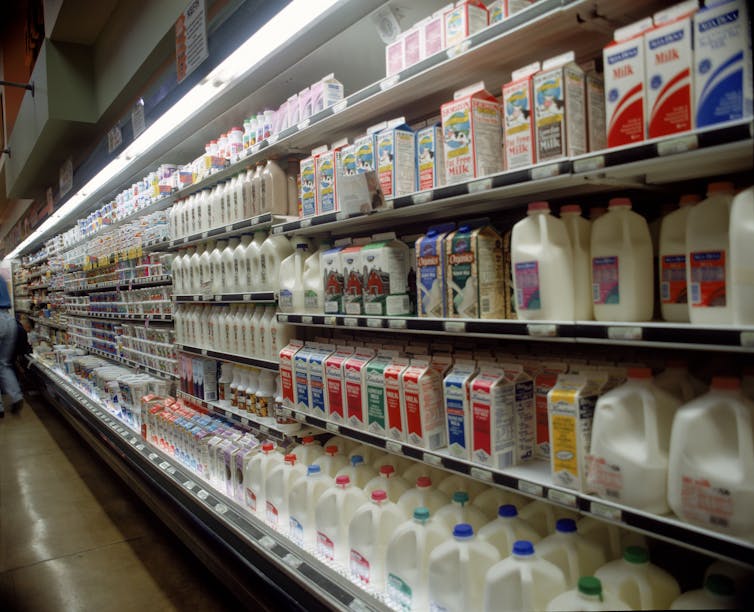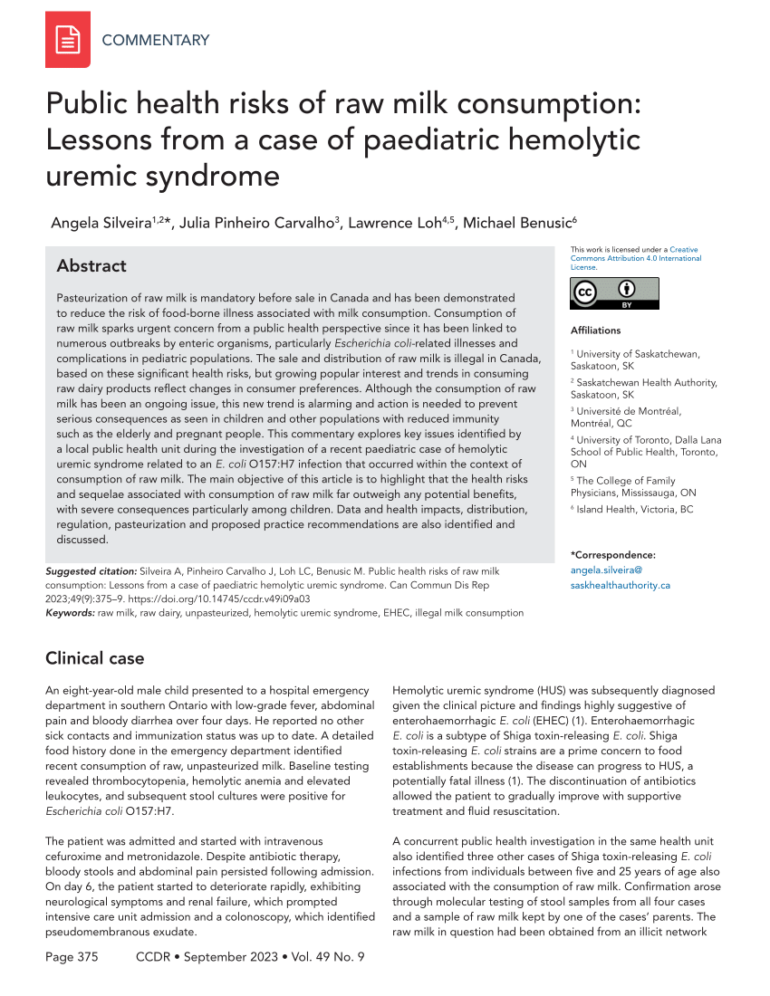Despite an ongoing outbreak of bird flu in dairy cows, the popularity of raw milk has only risen. Advocates claim raw milk has superior health benefits over pasteurized milk. There is little evidence to support these claims, however, and the risk of serious illness is much greater.
Mississippi State University food scientists Juan Silva and Joel Komakech and nutritionist Mandy Conrad explain the difference between pasteurized and raw milk, addressing common misconceptions about the health risks and purported benefits of consuming unpasteurized milk. These questions are more important than ever, since cattle can shed viral material into their milk. Not only can pathogens end up in milk, but at least three farmworkers reportedly have contracted H5N1, the virus that causes avian influenza, in 2024. Farmworkers can get sick by handling infected animals or their byproducts, such as raw milk.
What is pasteurization? Does it destroy nutrients?
Pasteurization is a process that involves heating beverages and foods at high temperatures – over 145 degrees Fahrenheit (62.78 degrees Celsius) – to kill harmful microorganisms, such as bacteria, viruses and parasites. This reduces the total number of microorganisms in the product and also inactivates enzymes that could contribute to spoilage.
The taste, nutritional value and quality of pasteurized products aren’t significantly affected by the process.
While pasteurization can lead to some nutrient losses, the changes are generally minimal and outweighed by the benefits. Pasteurization typically causes minor denaturation of proteins and has little effect on fats and carbohydrates. While water-soluble vitamins such as vitamin C and some B vitamins, usually not abundant in milk except vitamin B2, can be partially degraded during pasteurization, fat-soluble vitamins (A, D, E and K, found in significant amounts in milk) are more heat stable and suffer minimal loss.
Thus, nutritional losses in milk due to pasteurization are generally small compared with the significant benefits of reducing foodborne illnesses and spoilage.
Is raw milk healthier than pasteurized milk?
Studies have compared the benefits of raw milk with pasteurized milk and have found little evidence that raw milk is superior to pasteurized milk. The perceived advantages of raw milk are outweighed by its health risks.
First, raw milk does not improve lactose intolerance.
Raw milk also does not have more vitamins than pasteurized milk. Milk is not a good source of vitamin C or other heat-sensitive vitamins, and pasteurization does little to reduce vitamin B2 or riboflavin, which is not as sensitive to heat. Moreover, Vitamin D is added to pasteurized milk to enhance your body’s ability to absorb the calcium in milk.

Pasteurized milk is fortified with vitamin D and other nutrients.
Burke/Triolo Productions/The Image Bank via Getty Images
Fortified milk replaces nutrients that may be…



